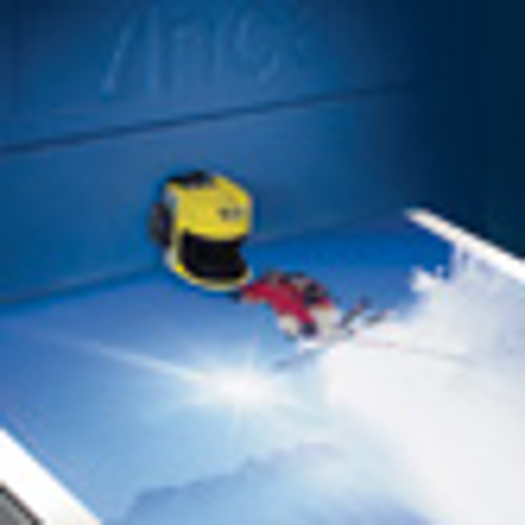To view PrintWeek's large-format digital presses Buyers' Guide, click here
It's difficult to avoid the hype surrounding inkjet. Last year's Drupa was billed as the ‘inkjet Drupa' and, according to Tudor Morgan, group marketing manager at Fujifilm Sericol, all creative print will eventually be produced using this technology.
"Everything that is decorated today can and will be inkjet printed sometime in the future," he says. "All that's stopping this happening today are development costs and the application demands. That's why so much importance is attached to the development of proprietary print engines."
Developments in ink are already underway. Pigments manufacturer Eckart claimed a breakthrough in the digital market by launching metallic silver inks for both solvent and UV-cured applications. As a result, the company is attracting the interest of packaging printers who have previously shied away from digital due to the need for extra workings to create metallic effects.
"A lot of people are interested in different applications," says Mat Drake, print product manager at Roland. "There are a lot of creative people looking for new revenue streams by adding new or additional kit aimed at new markets."
The application on everyone's lips at last month's Fespa Digital was UV inkjet. As the recession continues, screen printers are looking for cheaper alternative technologies, opening up a bigger market for large-format digital, which could possibly be filled by UV inkjet.
"All major suppliers to the industry realise that the majority of rigid media is still screen printed, which after years of investment by the industry can be viewed as a low-cost operation. The growth of UV inkjet means that digital may compete in terms of cost and productivity," says Morgan.
Outdoor growth
At the same time, manufacturers and printers are seeing a huge increase in demand for outdoor signage work. The non-VOC benefits of UV inks are one of the factors influencing display printers to move future investments.
"According to a Fespa/InfoTrends report, printers will double their UV inkjet print production and decrease their solvent inkjet output by almost a quarter," says Mark Stephenson, sales manager for digital solutions at Fujifilm Graphic Systems.
When investing, ask if all the accessories included such as extraction, advises Roland's Drake. "Will they remove packaging and is training included? Is the RIP software included or is that an additional cost and is there an additional charge for upgrade?" He also advises buyers to check the service level agreements as if it's five working days, that's five days without production.
"Look for visual quality rather than dpi figures and real-world production speed rather than quoted square meter per hour figures," adds Stephenson.
? Sun Chemical launched two inkjet inks at Fespa Digital Europe, ESL (EcoSol Light) and Ultima for super-wide format digital kit. ESL inks have been developed for Roland printers, while Ultima inks are formulated for the Mimaki JV33
? Eckart demonstrated a range of metallic inkjet inks for both solvent and UV-cured applications at Fespa
? Fujifilm Sericol showed its newly launched Acuity Advance X2 at Fespa. The print area of the Advance X2 is twice the size of its Advance press, making it the largest UV inkjet printer currently available, Fuji claims. It prints 3x2.5m edge to edge, at a speed of 22m2 per hour
? EFI showed three new machines at Fespa. The Rastek H650, an entry-level UV 21.4m2 per hour flatbed. Plus two Vuteks, a 2m wide version of its latest GS range and an update to the 3.2m wide version of its hybrid machine QS, the QS3220










